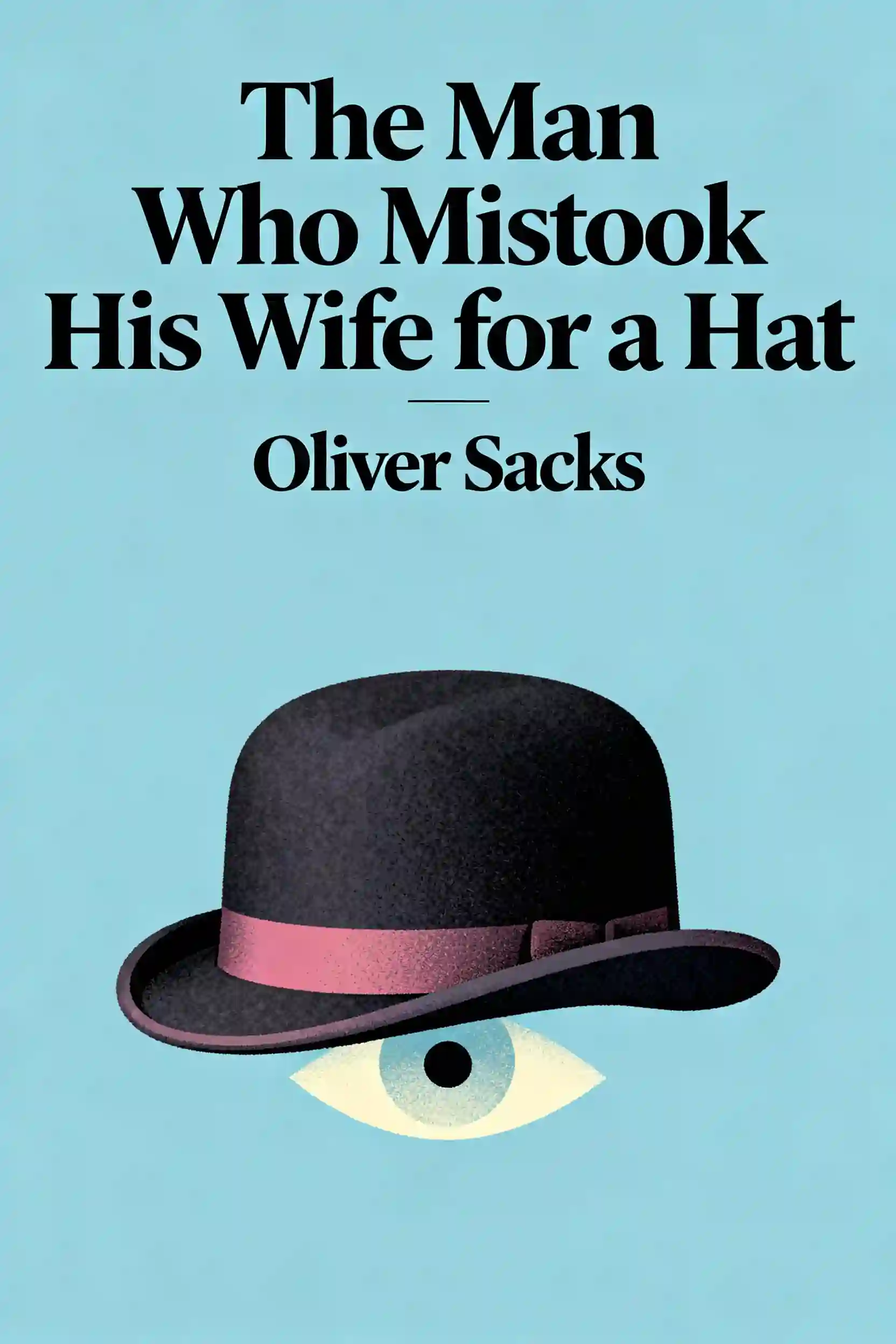The Man Who Mistook His Wife for a Hat by Oliver Sacks

Overview of The Man Who Mistook His Wife for a Hat
Step into the mind-bending world where a professor mistakes his wife for a hat. Hailed as "the poet laureate of medicine" by The New York Times, Sacks's 4.05-rated masterpiece reveals what happens when our brains betray us - and what remains of our humanity.
About its author - Oliver Sacks
Oliver Wolf Sacks (1933–2015), the acclaimed British neurologist and bestselling author of The Man Who Mistook His Wife for a Hat and Other Clinical Tales, pioneered narrative-driven explorations of neurological disorders. A graduate of Oxford University, Sacks combined his clinical work at institutions like Albert Einstein College of Medicine and NYU with a rare gift for humanizing complex medical cases through vivid storytelling.
His book—a landmark in popular science—examines conditions like visual agnosia and amnesia, reflecting Sacks’ career-long focus on the intersection of brain function, identity, and resilience.
His other influential works include Awakenings (adapted into an Oscar-nominated film), Musicophilia: Tales of Music and the Brain, and An Anthropologist on Mars. A frequent contributor to The New York Times, Sacks’ writing has been translated into over 25 languages and inspired adaptations ranging from operas to documentaries. The Man Who Mistook His Wife for a Hat remains a cornerstone of neuropsychology literature, praised for its empathetic synthesis of scientific rigor and literary brilliance.
Key Takeaways of The Man Who Mistook His Wife for a Hat
- Oliver Sacks reveals brain adaptability through neurological disorder case studies.
- Visual agnosia shows perception isn’t reality through Dr. P’s hat-wife confusion.
- Korsakoff’s syndrome exposes memory’s role in shaping personal identity.
- Neurological deficits can paradoxically enhance musical or artistic abilities.
- Sacks’ clinical tales prioritize patient humanity over medical pathology.
- Right-left brain disconnection proves hemispheres operate as separate intelligences.
- Tourette’s syndrome demonstrates involuntary creativity coexisting with normal function.
- Phantom limbs reveal the brain’s persistent body mapping capabilities.
- Neurological treatment often involves ethical trade-offs between function and self.
- Sacks’ narrative style makes complex neurology accessible to general readers.
- Brain damage can amplify latent savant skills in unexpected ways.
- The Man Who Mistook His Wife for a Hat redefines “normal” brain function.

























